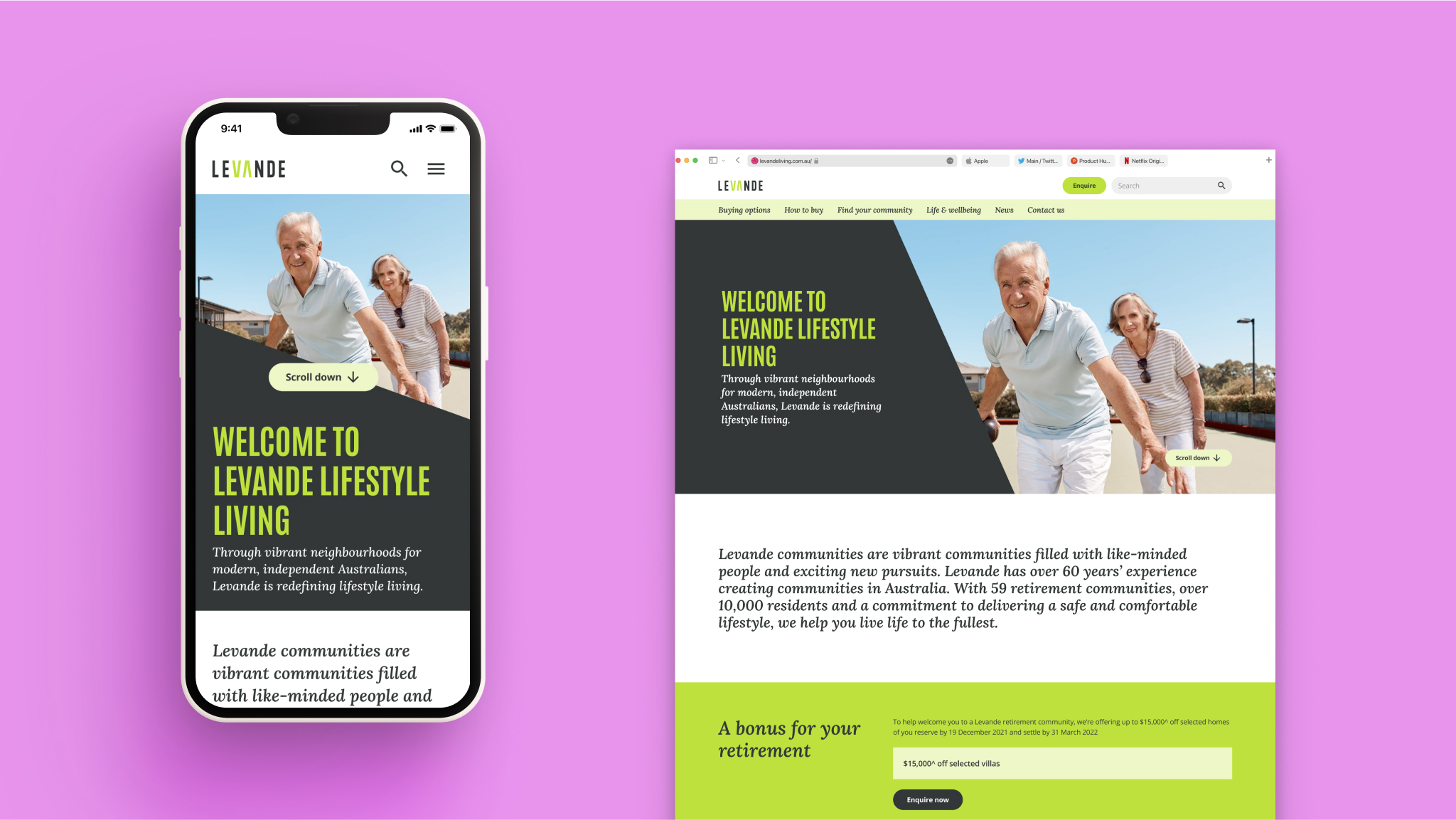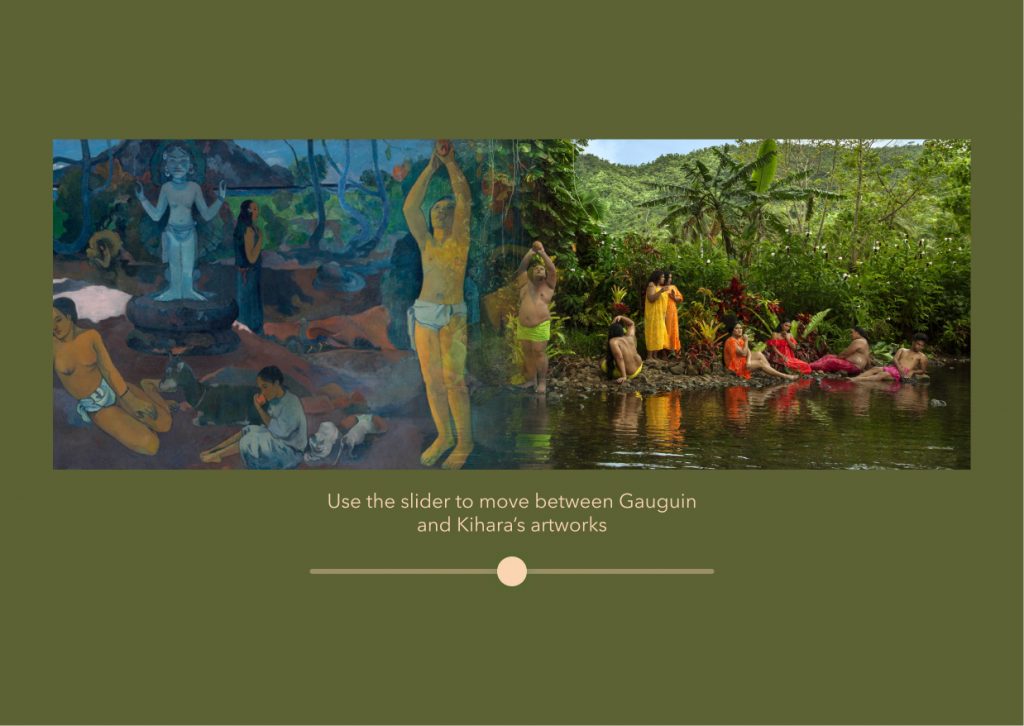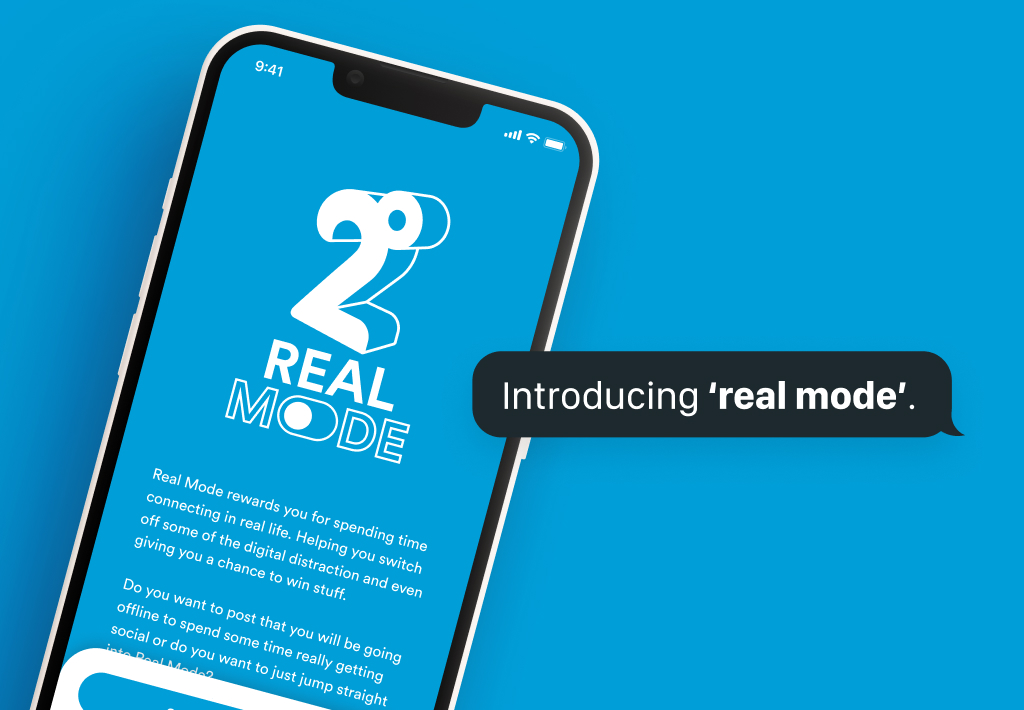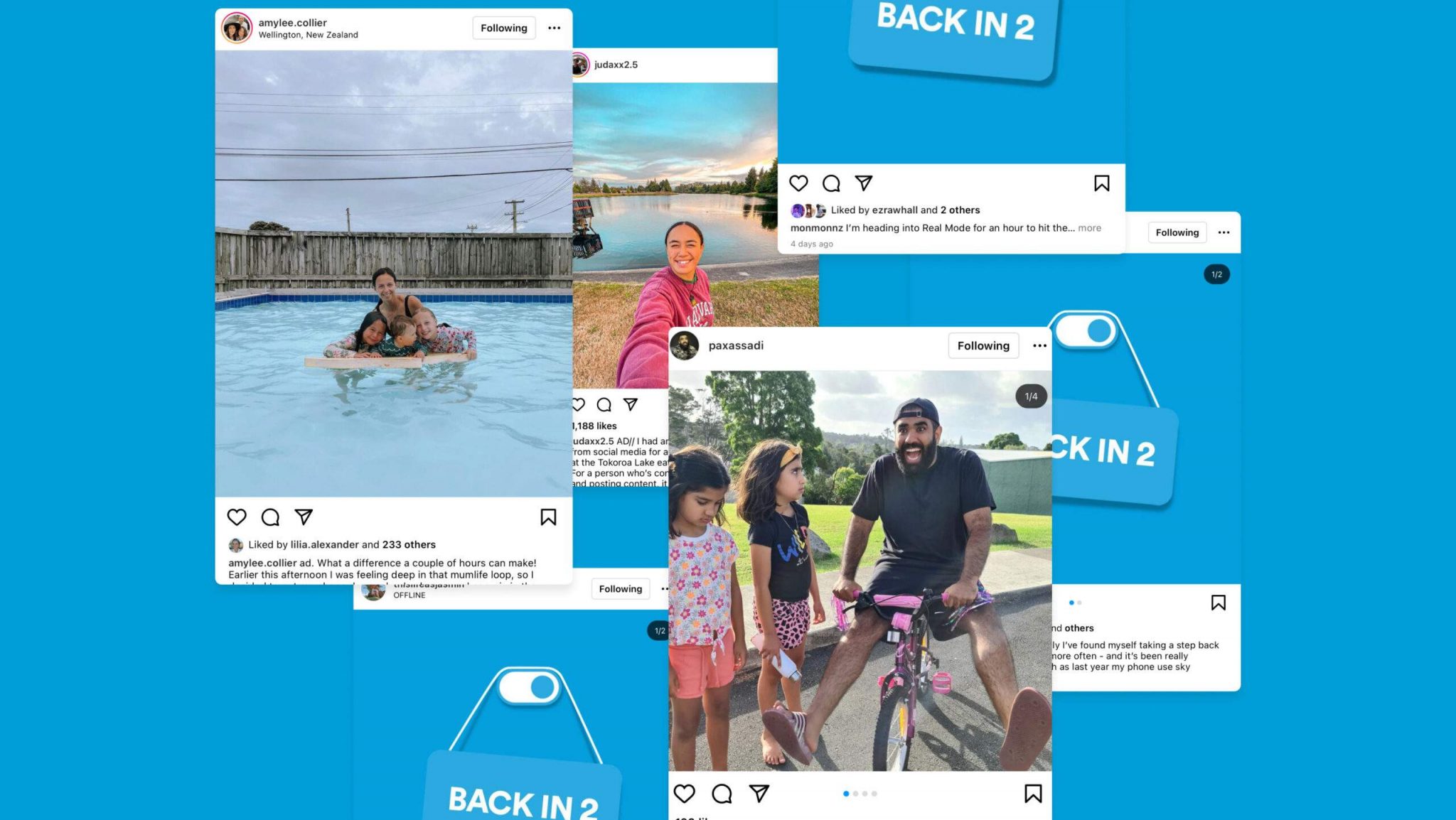How did you get into your career path?
I was always doodling when I was a kid, then took design and fine art courses in college. I always had an interest in a wide mix of creative outlets such as print, painting, illustration, motion and music.
I studied Graphic Design at university, this was before UX and UI were taught in design courses. My first role was as a Web Designer at a start-up so I had to design and build everything. I then moved to Burberry where they were starting up a UX & UI team and I learned everything I could!
What does a typical day at DAN look like for you?
Usually, it will be a mix of discussions with other designers, stakeholders, and developers to ensure that what I’m creating is on the right track. Then I’ll either be setting up user flows in Miro, Designs in Sketch/Figma, or prototyping with Axure. It all depends on which point the project is at. Ideally a few cups of tea and some chocolate biscuits help too!
What’s the best thing about working at DAN?
It’s the people. Design is a group activity and each person here can give you a new perspective on a piece of work. There’s a huge amount of knowledge here and I’m very fortunate to be part of it.
What inspires you in your work?
That constant push to improve the experience for customers and clients — be it through small insights gleaned through testing or utilising new technologies. Also by pushing and breaking rules (not all of them at the same time obvs) you can get into some interesting place.
Go weird and really out there and pair it back as needed. Don’t play it safe. Embrace the weird or seemingly wild ideas and some spark of inspiration will come out.
What interesting thing is happening in your field right now?
Seeing as millions of people have been distancing themselves due to COVID-19, digital experiences have become even more important. Stores are utilising VR to sell clothing, apps such as Miro and Figma have allowed us to work and design together, and companies such as Apple and Prime are enabling people to watch videos together even though they’re apart.
Using a teams call and a Miro board meant me and another designer could knock out an entire flow and wireframes in a couple of hours even though we were in different place. Something that takes a lot longer with a chain of emails!
What is the one thing that you wish someone had told or shown you when you started out?
You will make mistakes. Sometimes huge ones, sometimes little ones. However, as long as you learn from these you will be okay and grow as a designer. Also don’t be afraid to ask your peers / stakeholders / leaders if something doesn’t make sense to you, clarity on your goals is what makes a piece of design work even better.















































